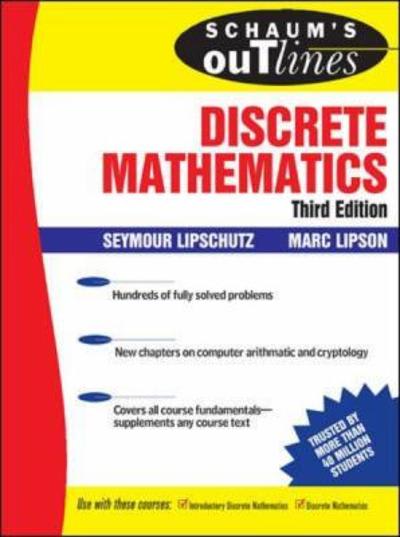Question
Question: You are a research psychologist at ASU and are interested in recommending stress management strategies for students. You know that a requirement of a



Question:
You are a research psychologist at ASU and are interested in recommending stress management strategies for students. You know that a requirement of a good strategy is that it is something students are likely to use (i.e., they enjoy it or, at the very least, don't hate it). You have scoured the literature and identified four strategies that you have been shown to be both effective and have a high usage rate in past studies. These are Strategies A, B, C, and D. You know that Strategy B is most commonly used by students but you suspect that is because it is often the only strategy that is taught and, therefore is often the only strategy of which students are aware. You design an experiment to find out which strategy is actually the most used by students when they know about all four strategies. You deliver training that teaches all four strategies to a group of students, and then you measure which strategy they tend to use over a period of time. You do not measure other variables.
Below I have listed five different research hypotheses based on the scenario above. For each, briefly discuss why the hypothesis is, or is not, appropriate paying particular attention to (a) whether the hypothesis makes a prediction, and (b) whether the hypothesis is testable given the research design and measures.
2. When all four strategies are available to students, they will choose Strategy B because it requires the least amount of time/effort.
3. When all four strategies are available to students, they will most often choose Strategy B.
4. Students who use Strategy B will experience less stress than students who use Strategy A, C, or D.
5. When all four strategies are available to students, which strategy will they prefer?
6. Which of the five hypotheses above do you think is most appropriate given the research scenario described?
7. If you were interested in testing one of the other research hypotheses (i.e., hypotheses other than the hypothesis you listed for #6), how might you modify the research scenario? Be sure to list the number of the hypothesis, as well as the change(s) to the design of the research.




Step by Step Solution
There are 3 Steps involved in it
Step: 1

Get Instant Access to Expert-Tailored Solutions
See step-by-step solutions with expert insights and AI powered tools for academic success
Step: 2

Step: 3

Ace Your Homework with AI
Get the answers you need in no time with our AI-driven, step-by-step assistance
Get Started


